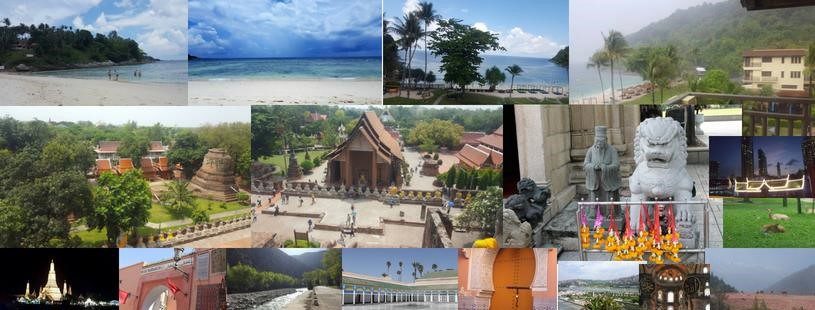Meanwhile
Nowadays, We are dealing with many Localization QA systems and approaches. We can agree on the fact, that the QA process has become more advanced and complicated over the years. We don’t only have word documents or a static website to QA, in addition to these we have a lot of other devices that are taking the lead like mobile devices. During a time where User Experience satisfaction is an important factor for brands to expand their business globally and gain more customers.
There are many Localization QA processes: Translation QA, Technical QA, Culture Correctness, User Interface (UI) QA and others. Each type of them has its own steps and workflow depending on the platform that carries the content. For example, MS Word document, PowerPoint, InDesign, Software strings, Website content or a Mobile Application. In short, here are some basic steps for handling QA in different platforms:
Web Online QA:
- Translation Quality Assurance (TQA).
- Deploy the translated content (in Draft mode) first.
- Grant access rights for the reviewers.
- Linguistic QA reviewers do a review of the translation in context.
- Report back any changes to the translators. To update bilingual files and the Translation Memory (TM).
- Apply Changes.
- Re-deploy the updated content again.
Mobile App:
- Translation Quality Assurance (TQA).
- Deliver the localized content to the client and insert it into the mobile app.
- Provide necessary access for the reviewers.
- Download the app based on the OS/ mobile type requirements (Android, IOS, etc…).
- Reviewers must be familiar with the App to be able to navigate through its features and do a comprehensive QA.
- The reviewer goes through the different application screens and provides a report with all Linguistic issues including print screens.
- Report changes.
- Apply the changes.
These simple cases show the diversity of QA processes. But, keep in mind that TQA (Translation Quality Assurance) is the STARTING point and takes place once the translation is done. The QA reviewer can use reference material such as the clients’ glossary and their style guide to evaluate the accuracy and consistence of the translation.
The Localization industry has pre-defined standards that are followed and applied everywhere:
- All content subject to translation must be in a bilingual format first before the translation process takes place.
- XlIFF (XML Localization Interchange File Format) is the standard format for translation recognized by all the Translation tools.
- CAT tools like SDL Trados Studio, memoQ, XTM Cloud, and others are among the biggest players in this industry.
In a next article, I will focus on the TQA setup and workflow using SDL Trados 2019.
Feel free to leave a comment or to Contact Me for an open discussion!
